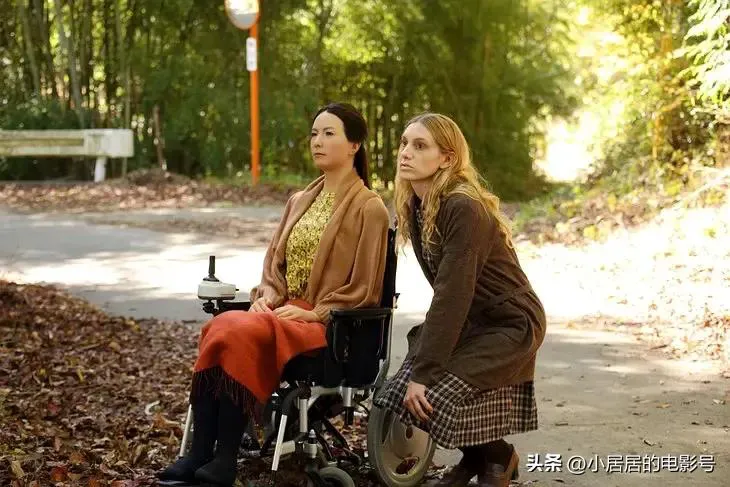The recent decision by Japan to release nuclear-contaminated water has sparked widespread concern and controversy. The discharge of massive amounts of nuclear wastewater from the Fukushima nuclear accident into the Pacific Ocean has ignited global outrage. Several films have vividly depicted the fear and despair that nuclear contamination can inflict on humanity. Here are three disaster movies that explore the theme of nuclear contamination.

Nuclear Disaster Films
1. Pandora
“Pandora” unfolds against the backdrop of a nuclear disaster, narrating the events following a nuclear leak triggered by an earthquake.
In the film, a nuclear power plant in the Busan area suffers a critical failure due to aging equipment. A ruptured pipeline leads to a reactor overheating, culminating in a catastrophic explosion. Residents in the vicinity are thrown into panic as they flee for their lives. However, the government opts to conceal the truth, attempting to downplay the severity of the situation.
As time passes, radiation levels continue to climb, and thousands of tons of nuclear waste teeter on the brink of explosion.
This movie delivers a thrilling portrayal of the conflict between the government and its people, as well as the struggle for survival in the face of disaster. “Pandora” garnered a Douban score of 7.6, making it one of the highest-rated Korean films of 2017.
2. Chernobyl: Zone of Exclusion (Film Version)
The Chernobyl incident stands as an eternal warning in the history of nuclear contamination.
In 1986, the explosion of Reactor No. 4 at the Chernobyl Nuclear Power Plant unleashed a fire and a massive release of radiation, with a force over 400 times greater than the Hiroshima atomic bomb.
“Chernobyl: Zone of Exclusion (Film Version)” takes a slightly science-fiction approach, where the protagonist uses a time machine to travel back in time and attempt to prevent the Chernobyl disaster.
Notably, the film offers three different endings. It allows viewers to experience the Chernobyl disaster through various possible outcomes, delivering a powerful lesson about the consequences of nuclear catastrophe.

3. Sayonara
“Sayonara” presents a story set in the future, where a nuclear power plant explosion has left a significant portion of Japan under the threat of severe nuclear radiation. In this critical situation, the Japanese government is compelled to issue a “declaration of abandonment.” The international community swiftly establishes a joint evacuation plan, and Japanese citizens are evacuated overseas according to a prioritized list.
However, the female protagonist finds herself lower on the list. She and a robot are left behind in this nuclear-contaminated land, awaiting their fate.
While the film’s pacing is relatively slow, it creates a unique and beautiful depiction of a journey toward death, making it both profound and touching.
One of the most remarkable aspects of the film is the outstanding performance of the robot, which can express 65 different facial expressions, including blinking, smiling, and frowning, leaving a lasting impression on viewers.
“Sayonara” is more than just a science fiction film; it’s a poignant journey about loneliness, life, and despair, offering viewers a profound reflection on the human condition.
If the scenario depicted in “Sayonara” were to ever become a reality, I would like to politely bid Japan farewell, a final “Sayonara!”